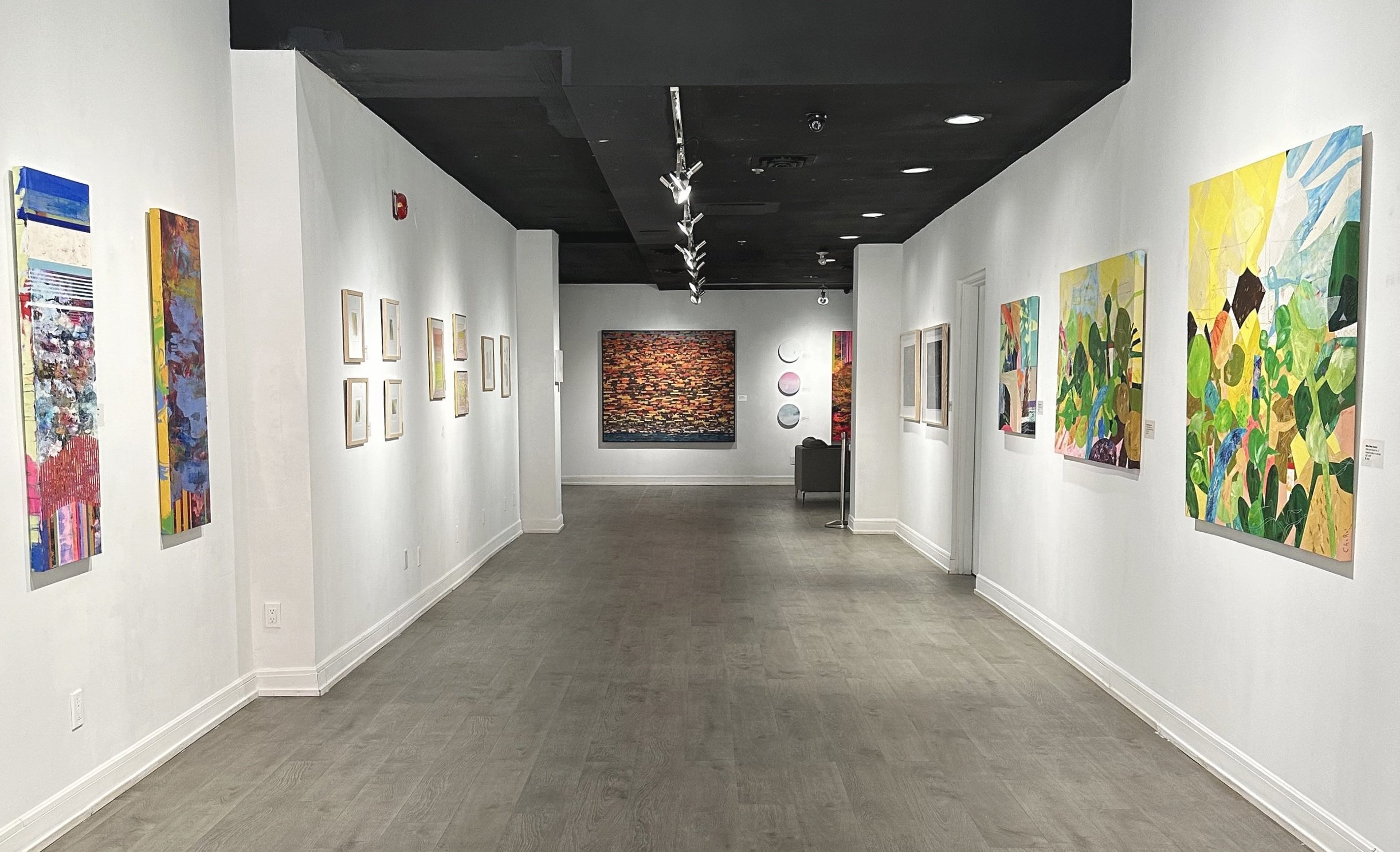The Curation Process for Group Shows
As an artist and former gallery director, I’ve been fortunate to dive deep into the world of curation. It’s an art form in itself, and the process can be both exhilarating and challenging. If you’ve ever wondered what goes into putting together a group show, I’m here to take you behind the scenes and share some insights.
Abstract Nature Group Exhibition at Blitz Art Gallery 2023
Curating a group exhibition is an intricate process that blends creativity, collaboration, and a solid understanding of both the artists and the audience. Here’s a closer look at what goes into making a group show a success.
1. Defining the Concept
Every exhibition begins with a clear concept. It’s essential to ask yourself: What message do you want to convey? Is there a particular theme that resonates with the artists involved? A well-defined concept serves as the backbone of the exhibition, guiding the selection of works and helping create a cohesive narrative that draws viewers in.
2. Selecting the Artists
Once the concept is in place, it’s time to select the artists. This part of the process is vital. You want to choose individuals whose work aligns with the theme while also bringing diverse perspectives to the table. Striking a balance between established names and emerging talents can enrich the exhibition and foster engaging conversations among the pieces.
3. Curating the Works
With the artists chosen, the next step is selecting specific works for the show. This requires thoughtful consideration of how each piece interacts with the others. I often think about how color, theme, and emotional resonance can create a dialogue between the works. The goal is to arrange the pieces in a way that enhances the overall narrative and keeps viewers engaged.
4. Designing the Layout
Planning the layout of the exhibition space is another crucial aspect. I consider how the arrangement will affect visitor flow and interaction. A thoughtfully designed layout can guide viewers through the space, encouraging them to connect with the art on a deeper level. It’s all about creating an inviting atmosphere that sparks curiosity and exploration.
5. Installation Day
Installation day is where everything comes together. It’s a busy time filled with hanging works, adjusting lighting, and finalizing the layout. There’s something truly rewarding about seeing the exhibition take shape in real time. It’s a culmination of all the planning and collaboration, and it’s exciting to witness the transformation of the space.
6. Promotion and Opening
After installation, promoting the exhibition becomes essential. Crafting marketing materials and utilizing social media can help generate buzz and reach a wider audience. The opening reception is always a highlight—bringing together artists, collectors, and art enthusiasts creates a vibrant atmosphere. It’s rewarding to see how people engage with the work and share their interpretations.
Conclusion: The Art of Curating
Curating a group show is a complex journey that requires a mix of creativity, organization, and collaboration. It’s about creating a platform for diverse voices to come together and share their stories through art. Each exhibition reflects the vision of both the curator and the artists, making it a fulfilling experience that adds richness to the art community.
By understanding the intricacies of the curation process, we can all appreciate the effort that goes into each group show and the value it brings to artists and audiences alike.
